Within Coding User, our team of industry experts and professional coders cover all the tools you need to get coding. From those first few lines of code that will change your world forever to insider tips and tricks to advance your skills and programming abilities. Each issue features up-to-date user tutorials, put together in an easy to follow step-by-step manner, building to create a multi-volumed series that will see you get to grips with code but also improve your knowledge, job prospects, and expand your horizons. Let’s get coding, where the only limit is your own imagination. Subscribe today! 100% Independent! Please note: ALL free content and gifts are also available via this digital edition.
Coding USER
Get Started With Raspberry Pi
Say Hello to Raspberry Pi • Let’s take a look at the best-selling British computer ever: the Raspberry Pi! This bare-bones machine just looks like any other piece of circuitry, until you realise it’s a full-blown credit-card sized computer, ideal for learning programming and home hacking.
Get to Know the Raspberry Pi • While the Raspberry Pi 4 is the newest model, the Pi 3 models are the most popular among the community. They’re cheaper, more compatible with current hardware and software, and still pack a significant performance punch. Here’s what powers the fantastic Pi 3.
Up Close with the Raspberry Pi 4 Model B • Released at the end of June 2019, the Raspberry Pi 4 Model B is a significant improvement in terms of hardware. Labelled the ‘Ultimate’ Raspberry Pi, this new generation offers true desktop computing power.
The Pi 400 – Up Close • The Raspberry Pi 400 is an all-in-one keyboard Pi that was released in November 2020, offering the user a different approach to their Pi lifestyle. This compact and powerful Pi is the flagship of a new kind of Pi, and one we’ll hope to see more of in the future.
Pi 400: Return of the 80s Home Computer • The 80s is considered the golden era of the home computer, a time when computing components were small enough to fit inside the living room of a house, and versatile enough to work on as well as play games. It was a wonderful time to experience, and the Pi Foundation has kept that feeling alive with the Pi 400.
Ten Pi 400 Projects and Ideas • You may think that a Raspberry Pi 4 inside a keyboard would create some limitations, however that’s not the case. Indeed, you won’t be able to utilise the Pi 400 in quite the same way as a standard Pi 4, but there’s a lot you can get to grips with.
The Pi Pico – Up Close • The Pi Pico isn’t your normal Raspberry Pi. Instead, this is a tiny microcontroller, designed to help enthusiasts control and utilise connected appliances and electronics projects. From displaying an LCD to controlling LEDs, using MicroPython and C++.
Pico Power: The Tiny Microcontroller • When is a computer not a computer: when it’s a microcontroller. To be fair, a computer, by its true definition, is an electronic device for storing and processing data, which is what the Pico does. But for most users, a computer is defined as a device that sits on a desk, something you can work and play on. This is where the Pico differs.
The Pico and MicroPython • The beauty of the Pico is that it’s a blank microcontroller, meaning that it’s free from any preinstalled code or routines. This allows you to program the Pico to whatever tasks or projects you have planned for it. But first, you’ll need to set it up and get it ready to use MicroPython.
Pico Examples and How To • With the Pico now ready to accept MicroPhython code, it’s useful to understand some of the basics and how to get started. We’ve put together some foundation examples with MicroPython, to help you begin to get to grips with this wonderful microcontroller.
Pico Projects & Ideas • There are some interesting projects...

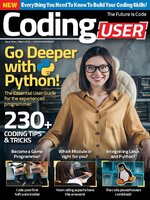 Vol 9 2024
Vol 9 2024
 Vol 8 2023
Vol 8 2023
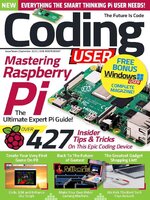 Vol 7 2023
Vol 7 2023
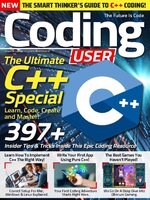 Vol 6 2023
Vol 6 2023
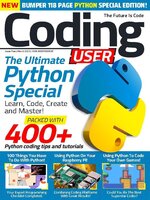 Vol 5 2023
Vol 5 2023
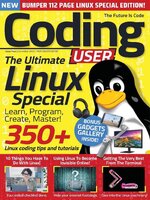 Vol 4 2022
Vol 4 2022
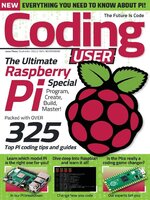 Vol 3 2022
Vol 3 2022
 Vol 2 2022
Vol 2 2022
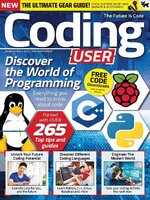 Vol 1 2022
Vol 1 2022
